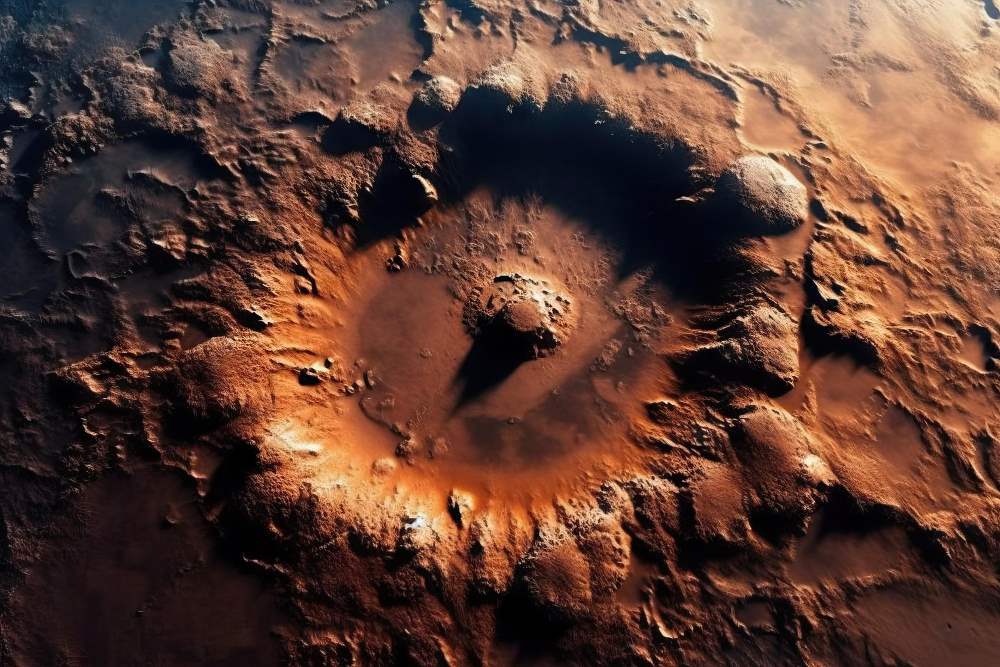However, over the past decade, planetary theorists have leaned toward the idea that the moons likely originated from a large impact on Mars that created a debris ring, from which both moons could have coalesced. There's also the possibility that Deimos and Phobos formed from the same disk of material that created Mars about 4.6 billion years ago.
A new paper accepted for publication in The Planetary Science Journal now confirms that neither moon was captured by Mars' gravity. Today, Phobos orbits Mars at an average distance of 9,376 km, while Deimos orbits at about 23,463 km.
Still, the authors remain uncertain about when Phobos formed. It may have formed billions of years ago at a distance more than twice its current distance, or it could have originated as recently as 100 million years ago, roughly 20% farther from Mars, says Matija Cuk, the study's lead author and a planetary dynamicist at the SETI Institute.
The moons’ orbits, close to Mars' equator, suggest that they formed from a circumplanetary disk, not through gravitational capture, according to the authors.
Yet, Phobos remains a particular mystery. Phobos orbits Mars faster than the planet spins, meaning it rises in the west and sets in the east. This motion causes Phobos' gravity to flex Mars' surface slightly, causing its orbit to decay and draw it closer to the planet over time. The big question is: how long has Phobos been moving inward, and when and where did it form?
Two theories have emerged. One suggests Phobos formed billions of years ago close to Deimos, while the other posits that Mars has a repeating cycle where moons break apart and form new ones.
A Cycle of Rebirth?
Phobos is currently spiraling inward toward Mars and will eventually be torn apart by the planet's gravity. In a few tens of millions of years, it will become a ring of debris, a process that could repeat over and over. Each successive moon will spiral in and break apart, creating a new ring and forming a new moon. This would suggest that Phobos, along with its predecessors, had a relatively short lifespan.
This would explain why Phobos seems to be in the final stages of its life, says Cuk.
The Big Question
Given the current orbits of Phobos and Deimos, we can't definitively determine Phobos' age or how much its orbit has changed, according to Cuk. Deimos is almost certainly billions of years old, while Phobos could be anywhere from 100 to 200 million years old or more than four billion years old—both possibilities remain plausible.
As for which moon is more scientifically intriguing, Cuk prefers Deimos. Unlike Phobos, it has remained relatively unchanged, and its orbital tilt might offer clues that Mars once had other moons.
However, Cuk points out that we’re likely to learn more about Phobos first, thanks to Japan's upcoming Martian Moons eXploration (MMX) mission, set to launch in 2026. If successful, MMX could return Phobos samples to Earth decades before NASA returns samples from Mars' surface.
